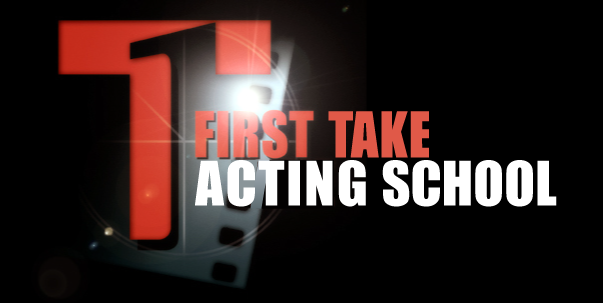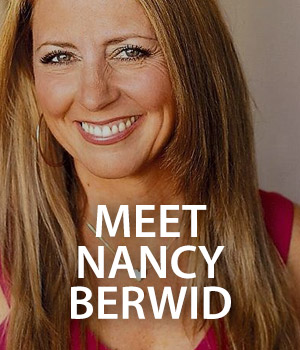A picture can be worth a thousand words, but for an actor it must also tell a story and reveal the essence of a human being. It can open doors and provide opportunities or it can relegate an otherwise talented individual to languish indefinitely outside the doorway of fortuity. The years of hard work and training to become a film and television actor must be paired with an equal amount of business acumen in order to maximize the number of opportunities to showcase ones talent. To that end it is imperative that the aspiring actor pay considerable attention to ensuring he is properly represented by his calling card…the headshot.
If you consider it well, there are arguably fewer things that actors have in their marketing tool box of such significance and importance as the headshot. Why is that? Casting Directors are continually bombarded with hundreds, if not thousands of submissions for even the very smallest of supporting roles. They must decide in very short order which small group of actors will be coming to their office to audition for the part based on a bunch of postage sized pictures on a computer screen. In this competitive universe there is no room for amateur photography, ridiculous poses, odd costumes, or wimpy facial expressions (unless that is your specific type). Actually, those headshots make it easy for the Casting Director to pare down the list, removing the riff raff from the real candidates. The latter category is the one you must always be in. Obviously, the importance of having the right headshot cannot be underscored enough. But what makes a good headshot?
What Makes a Good Headshot?
A good headshot captures your essence, your uniqueness, your personality, and your specific type. It makes it easy for a Casting Director or Agent to see what roles you would be right for. A good headshot looks like you. It should not be overly glamorized, and you should look like your headshot when you walk into the casting office. If your headshot has been airbrushed to make you look ten years younger and you can’t produce the same look in the audition, the Casting Director will not be amused. In their mind you just wasted their time and took a time slot another actor could have filled.
A good headshot shows your face but your entire face doesn’t fill 100% of the frame either. A good headshot has good lighting, is in focus, does not distract with odd clothing, costumes, patterns, accessories, or any other potential oddity that could take the attention off of you. The headshot should be pleasing to look at and convey information about the actor, such as a specific type that could be easily cast right now. The goal should be to move the Casting Director to say something like, “I could see her playing______”.
When Should an Actor get a Headshot?
When they are trained and ready to audition in the market they intend to work in. Train first, then get headshots done only when you are truly ready to work.
How Often Should an Actor get new Headshots?
A good rule of thumb is every two years. There are three primary reasons for this. First, people change all the time, often times without realizing it. Obviously, any physical change an actor consciously makes to their look is also cause for new headshots to be taken. Hair length/color, weight changes, and anything else that distinguishes you from the old headshots need to be reflected in the new ones.
Second, the style of what is considered industry standard for headshots changes, albeit sometimes in subtle ways. Professional photographers working every day in the industry are aware of this. Keeping with the times is part of being competitive and relevant in the market place.
Third, an actor can and should go through growth and discovery in understanding what their character type is; that is to say, the product they are selling. As stated earlier, the more specific the actor is with the product, the easier it is for a Casting Director to see where to put them and the easier it will be for the actor to deliver the goods. The headshot should sell the character and your strong audition should aim to close the deal.
Children and young adults need to get headshots retaken more often due to growth and general physical changes related to the maturation process.
Who Should Take the Headshot?
A professional photographer who makes a living at professional headshots for actors should take your headshot. Moreover, this working professional should have clients who are booking work now in the market you want to work in using the headshots that were taken by the photographer. Given the importance of making your headshot the best it can be, it’s not to be trusted to a family member, best friend, or amateur who will gladly exchange a studio session for free prints. No thanks. No amateurs. No arguments.
Technically Speaking
Headshots should be produced as color 8”x10” prints with a matte “pearlized” finish. Lithographs are not currently recommended. Again, due to the fact almost all submissions are done electronically, headshots should be very close up to fill the frame with your face. Otherwise Casting Directors will not be able to actually see what you look like on the small picture they see on their screen. Professional photographers who specialize in headshots will know the right composition.
Take Control
There are many things that an actor has within his control and many things he does not have in his control. The important thing to remember is that it is your job as an actor to take it upon yourself to do the very best you can with what you can control. Acting is a business, and like any other business it requires a significant amount of planning, marketing/PR, as well as backing up the promise with a seriously fantastic product. Of course, with enough time, experience, and a long list of credits, you may find you will get by with word of mouth advertising and buzz. In the meantime do your best to make sure your calling card gets you in the door so you can blow them away with your acting chops!
Always remember, you are enough.
Watch our FREE 3-part Video Training Series
1. Could I be a Working Actor?
2. How to Enter and Exit an Audition
3. How to Dress for an Audition
By submitting this form, you are consenting to receive marketing emails from: First Take. You can revoke your consent to receive emails at any time by using the SafeUnsubscribe® link, found at the bottom of every email. Emails are serviced by Constant Contact




